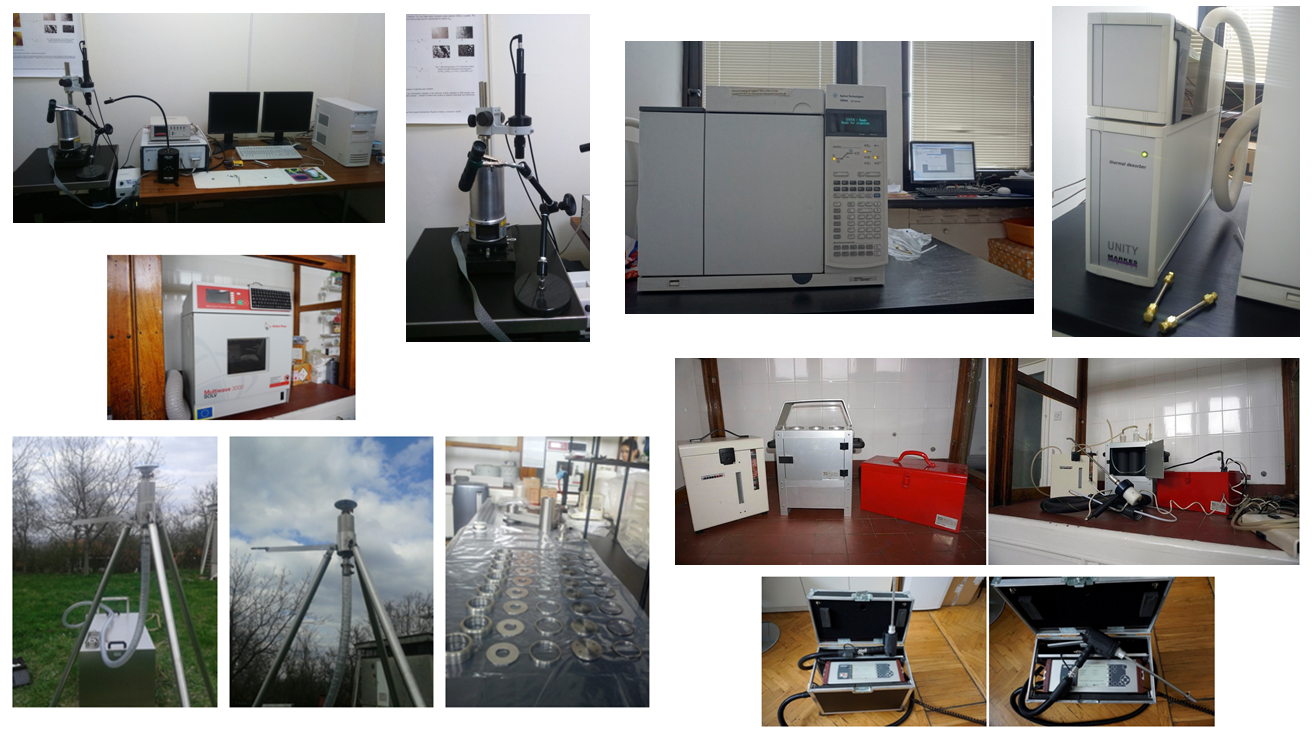Research
The focus of research in this area is on the investigation of biogeochemical processes that take place at the surface and in the deeper layers of the earth's crust using various geochemical analyses. Field, experimental and laboratory work to determine the state of various environmental areas, including the origin, distribution pathways, biodegradation and bioaccumulation of pollutants, the sensitivity of the terrain to environmental changes, the prevention of degradation processes, current climate changes, risks to the environment and human health, the determination of ecosystem services and nature-inspired solutions are just some of the topics that our group deals with. The researchers have many years of experience in studying various samples, especially sedimentary rocks of different geological ages, petroleum, coal, oil shale, soil, archaeological samples and artefacts, the characterization of pyrolysis products and the possibility of using biochar. This comprehensive and multidisciplinary approach contributes to a better understanding of the physical, chemical and biological processes in the environment and its protection and conservation.
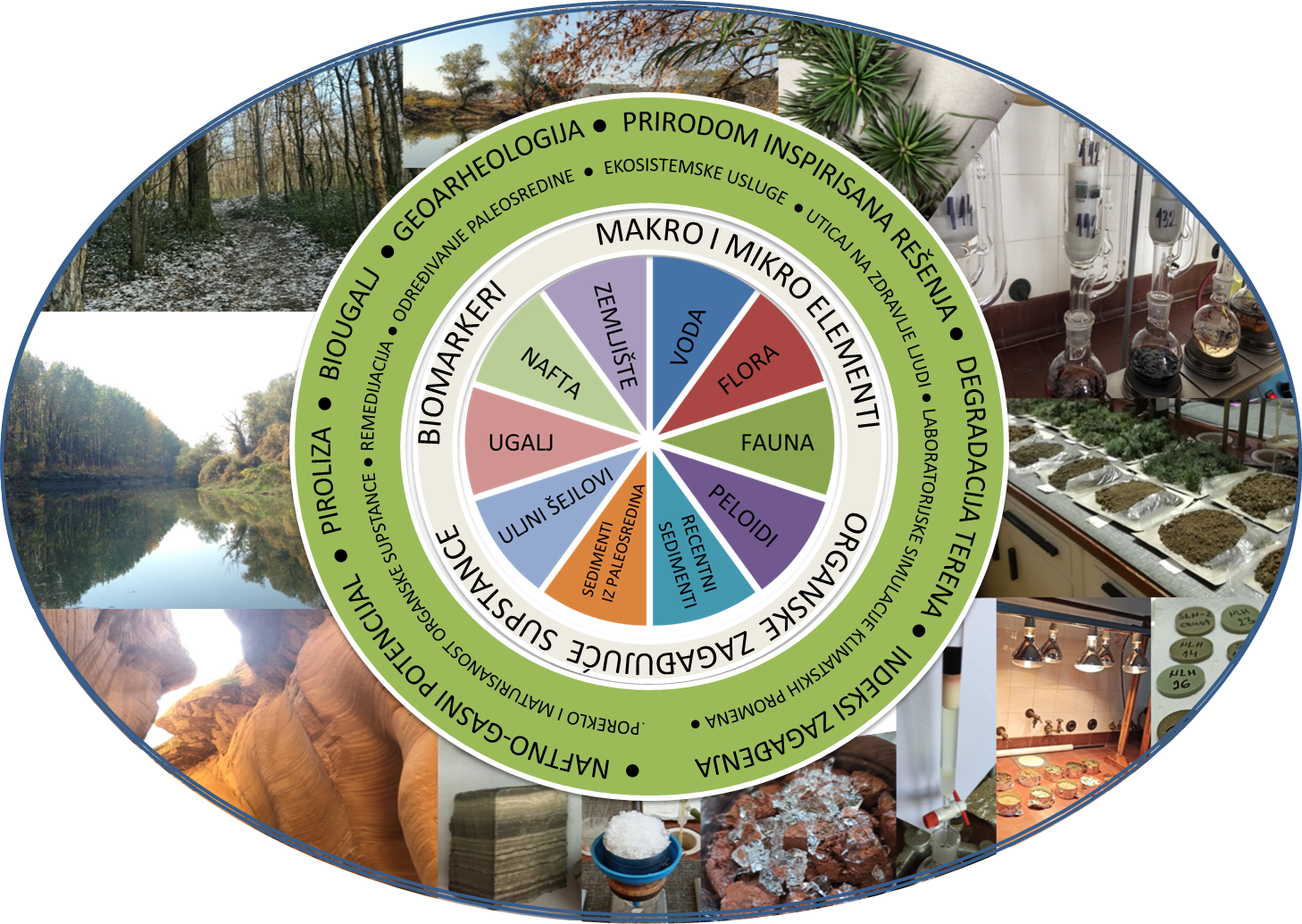
Research in this area includes:
Work on the isolation and characterization of specialized metabolites from plants and fungi using spectroscopic and spectrometric techniques and their chemical modification to obtain derivatives with better biological activities
Chemical characterization of defense compounds of arthropods (millipedes and insects)
Metabolomic study of plants and fungi using multivariate analysis of spectral and chromatographic data to investigate the effects of metabolic changes (caused by disease, environmental or genetic changes) on complex biological systems
Metabolomic analysis of blood and tissue samples from patients with psychiatric disorders and cancer with the aim of developing methods for early diagnosis and monitori
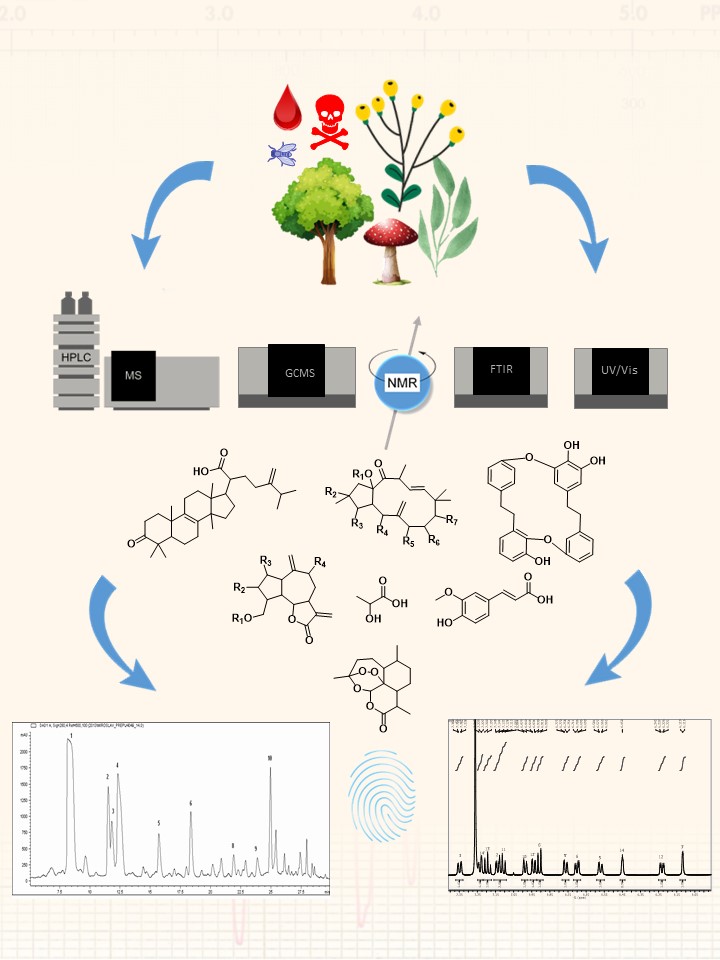
Research in this field covers the following areas:
BIOENGINEERING - Research carried out by our group focuses on the protein engineering of hydrolases, oxidoreductases and transferases. The aim of modifying these and other enzymes is to obtain variants that have improved properties compared to their natural forms, such as increased enzymatic activity or oxidative stability as well as improved temperature and pH stability or optima. In order to achieve the desired results, besides protein engineering, the development of high-throughput assays for the selection of the obtained variants is one of the most difficult but perhaps also most interesting steps, especially in the development of fluorescence assays. After the selection and screening of enzyme variants with the desired properties, enzyme production is performed on a large scale, followed by purification and characterization.
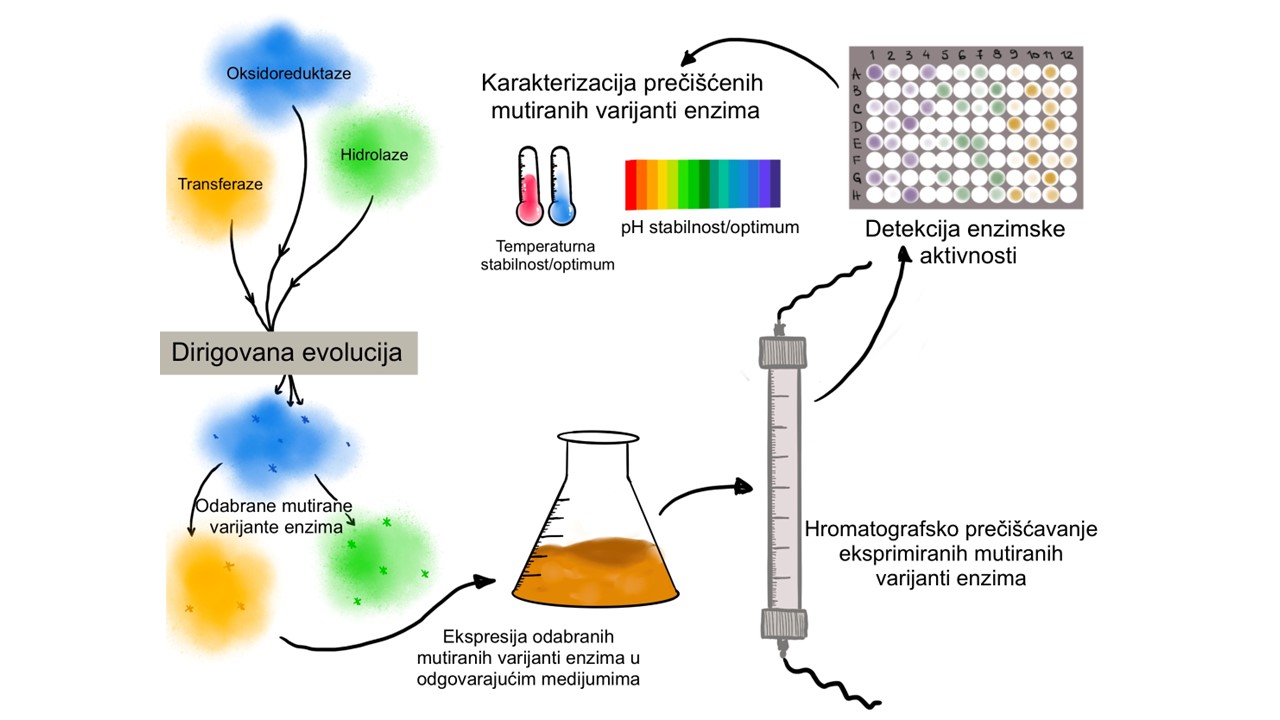
EXPERIMENTAL BIOCHEMISTRY, ENZYMOLOGY AND BIOTECHNOLOGY - Research that directly targets the application of enzymes in biotechnology and includes the production, purification, characterization and improvement of enzymes through molecular biology techniques, immobilization and chemical modification. We develop innovative enzymatic solutions to improve the efficient use of biomass. In this way, we make an important contribution to the transition to a bio-based economy by offering environmentally friendly technologies for the production of high-quality food, biofuels, valuable chemicals and materials from biomass. We investigate the biological activities of small organic molecules and inorganic complexes with DNA and proteins using spectrofluorometric and electrophoretic methods.
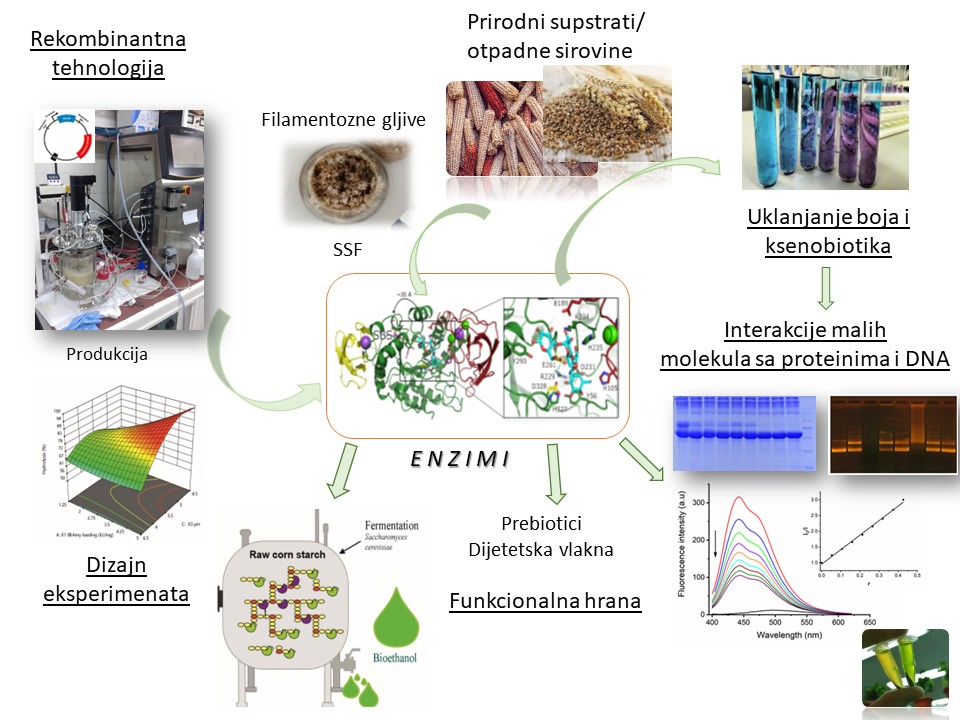
MICROBIAL CHEMISTRY AND BIOTECHNOLOGY (GMBH) - Isolation and characterization of microorganisms; production and characterization of microbial biologically active substances (antibiotics, polysaccharides, enzymes, biosurfactants); application of microbial model systems for the investigation of reductive stress; investigation of foodstuffs with special properties in terms of bifidogenic effects and antioxidant activity; study and application of the effect of thionic bacteria on sulfide substrates; biodegradation and biotransformation of petroleum hydrocarbons and halogenated organic substances; development of new bioremediation techniques for complex pollutant mixtures in water and sediment using biochar and microbial fuel cells; application of bioremediation to remove hazardous toxic substances from the environment; fate and behavior of persistent organic pollutants in the environment; instrumental analysis of halogenated pesticides; ecotoxicology (Aliivibrio fischeri, Daphnia magna), biodegradability tests; development of new materials based on biopolymers for use in the food industry and environmental protection.
Learn more about us: https://www.mineravita.com/gmbh
Researchers conducting studies in organic, bioorganic and medicinal chemistry focus on the synthetic transformation of natural products (steroids, monosaccharides, heterocyclic compounds and proteins), as well as the design and synthesis of biologically active substances (quorum sensing and cholinesterase inhibitors, dopaminergic and serotonergic ligands, antimicrobial, antioxidant and anticancer compounds, transition metal complexes with steroids and peptides, sesquiterpenquinones and their biomimetics). They also develop methods for the synthesis of complex organic compounds, including chemo-, regio- and stereoselective reactions, and the further development of new modern catalytic methods (organo- and photoredox-catalysis, biocatalysis and catalysis with complex compounds) for the synthesis of biologically active compounds and the complete or partial synthesis of natural products.
Part of the research is devoted to the development of supramolecular chemistry of steroids, peptides, fullerenes and fullerene conjugates with natural and synthetic compounds; the development and application of microfluidic chemistry and microreactors in the further development of photoredox synthesis methods; the development of solid-phase synthesis methods for the synthesis of push-pull olefins and the study of their structural, optical and biological properties; the determination of physico-chemical properties of biologically active natural and synthetic compounds; the application of chromatographic methods for the determination of lipophilicity and QSAR analysis as well as the correlation of structural descriptors, retention and lipophilicity with biological activities using chemometric methods (PCA, PLS, MLR) and molecular modeling.
The main aim of research in this area is to understand chemical problems using modern computational techniques and to rationally design and predict chemical systems with specific properties — such as molecular magnets, catalysts, explosives, drugs and dyes. This includes a supramolecular approach to crystal packing, its role in biological recognition and binding to synthetic polymers, reaction mechanisms, computational spectroscopy, the modeling of inorganic complexes, biomolecules (proteins and nucleic acids) and molecules of atmospheric or energetic importance dispersed in porous materials (MOFs), the correlation between electronic structure, (re)activity and molecular properties, and the interpretation of experiments.
High-level quantum mechanical calculations, density functional theory, semi-empirical methods, molecular dynamics, Monte Carlo simulations, docking and database searches are used in research.
The main objective of research in this area is the rational design, synthesis and development of new multifunctional nano- and micro-composite materials, functionalized natural and synthetic macromolecular materials and coordination compounds with optimal structural and functional properties to be successfully used for medical and technological purposes as electrochemically, optically and biologically active materials.
Priority research areas for the function and activity of these materials include
- Analytical applications (electrochemical detection - sensors and biosensors),
- Catalytic applications (photochemical and electrical degradation),
- Environmental protection (remediation of natural and wastewater),
- Antimicrobial applications (bactericidal, antifungal),
- Pharmacological applications (biocompatibility, cancer drugs, drug delivery).
Part of the research is dedicated to the protection of ecosystems by effectively controlling the effects of natural and anthropogenic toxic and nutritive substances on food chains (ecotoxicological bioindicators). Another focus is the development of new oxide materials with characteristic electrical, magnetic and optoelectrical properties for the application of these systems as multiferroics and materials for energy conversion and storage, based on the correlation between macroscopic activity and the nanostructure of the materials.
In addition to the synthesis of new materials and their application for various purposes, part of the group's research will focus on the development of new biological indices based on micro- and macroalgae and on new, innovative methods such as metabarcoding, which will significantly improve the monitoring of natural aquatic ecosystems (lakes and rivers) and the tracking of the state of their biodiversity.
The main objective of research in this area is to optimize the synthesis of new magnetic, non-magnetic and molecularly imprinted polymeric sorbents for the removal/detection of pollutants (ions of noble and heavy metals, textile dyes, radionuclides and organic compounds) from real wastewater samples and to optimize dispersive solid-phase microextraction using an experimental design. Research also includes the development of polymeric sorbents and polymer-based nanocomposites for gas detection as well as the analysis of binding properties at active sites of sorbents by quantum chemical modeling. A particular focus of research is the investigation of the physicochemical properties of polymeric sorbents using liquid and inverse gas chromatography.
The second part of the research in this area relates to the synthesis and characterization of linear, cross-linked and water-dispersible environmentally friendly polyurethanes based on various macrodiols (siloxanes, poly(ethers), poly(esters), etc.) and the synthesis and characterization of polymeric nanocomposites based on unmodified and surface-modified nanoparticles of Ag, TiO2, clay, etc. and various polymeric matrices
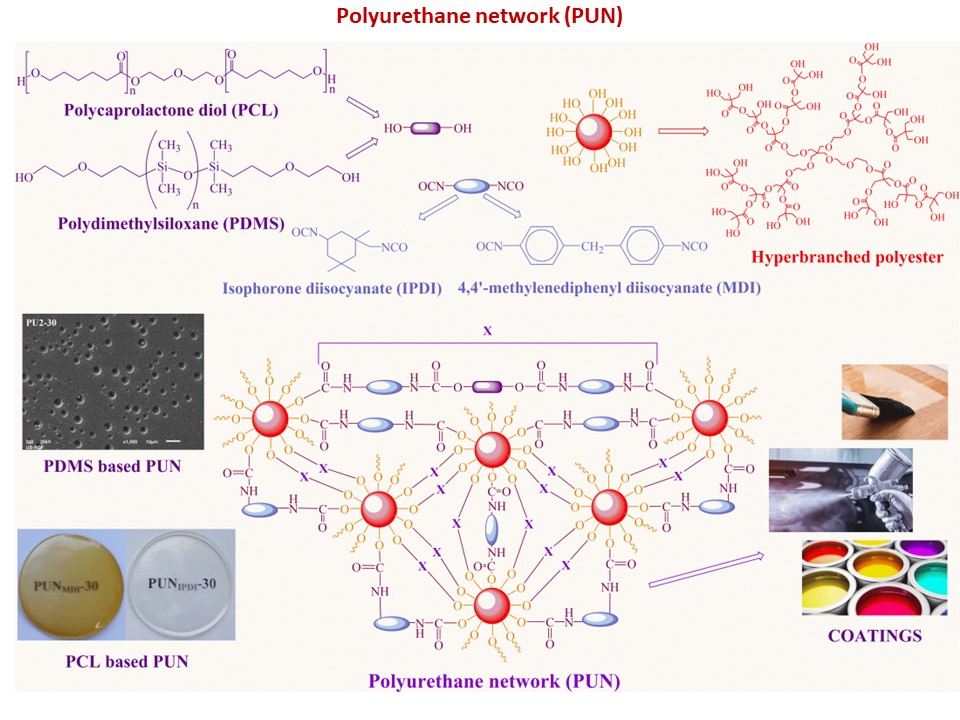
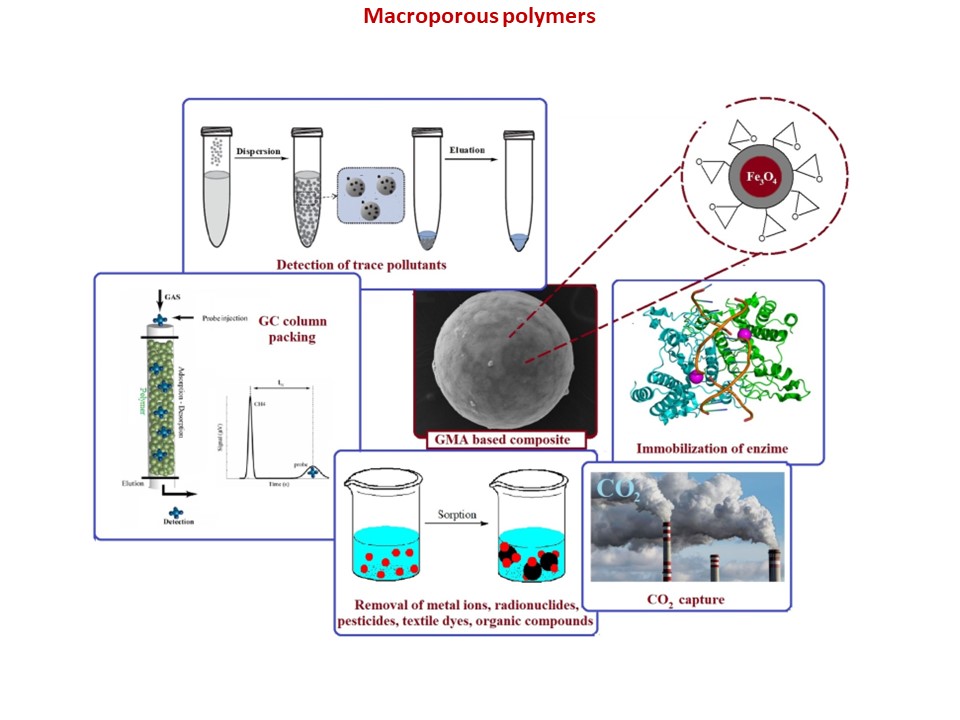
CENTER FOR CHEMISTRY AND ENVIRONMENTAL ENGINEERING
Head
Environmental Chemistry Team
- Dragana Đorđević
- Bojana Ostojić
- Dejan Opsenica
- Srđan Petrović
- Sanja Sakan
- PhD Students: Aleksandra Mihajlidi – Zelić and Ana Pantelić
Environmental Engineering Team
- Jasmina Stevanović
- Vladimir Panić
- Jasna Džunuzović
- Ljiljana Rožić
- PhD Students: Olga Radulović, Marija Pantović, Marko Jonović, Mila Krstajić, Milana Zarić, and Sanja Šešlija
Research areas of the Environmental Chemistry team:
Investigation of migration, transformation and interactions of pollutants in the environment (atmospheric aerosols, soils and river sediments) with risk assessment for living organisms.
Pollutants in river sediments and risk assessment for the pollution of surface waters by the release of pollutants from sediments in water-sediment interactions and prediction of the behavior and interactions of pollutants with ecosystems.
Assessment of mutagenicity and potential natural biodegradation of pollutants in ecosystems using quantum chemical calculation methods.
Solutions for the removal of pollutants at emission sources and the development of new methods for measuring and tracking the fate of pollutants in the environment.
Combined experimental and theoretical investigations of the effects of changing process parameters on the structural and morphological properties of new mesoporous materials for the photocatalytic removal of organic pollutants from water.
Research areas of the Environmental Technology team:
Processes, procedures and equipment design for wastewater treatment with electric current.
Recycling of spent electrode systems.
Synthesis of cross-linked polyurethanes for use in the coatings industry.
Application of protective coatings based on HRP and poly(dimethylsiloxane) to reduce waste generation.
Development of new surface-modified titanium dioxide nanoparticles using different types of modifiers.
Synthesis of unsaturated polyester or alkyd resins using products obtained from the glycolysis of poly(ethylene terephthalate) waste.
Synthesis of agricultural films from natural polymers and production of unsaturated polyester resins from biomonomers.
